Dashmula kwath benefits as best medicine in Ayurveda
What is Dashmula kwath? Dashmula, a revered formulation in Ayurveda, translates to ten roots and consists of the roots of …

What is Dashmula kwath?
Dashmula, a revered formulation in Ayurveda, translates to ten roots and consists of the roots of ten potent herbs. It is a cornerstone remedy that balances the Vata and Kapha doshas, offering many therapeutic benefits. Known for its anti-inflammatory, analgesic, and rejuvenating properties, Dashmula kwath is commonly used to treat respiratory issues, musculoskeletal disorders, and digestive ailments. This powerful combination of herbs works synergistically to restore health and vitality, making it an indispensable part of traditional Ayurvedic medicine and holistic wellness practices.
Dashmula kwath in Ayurveda
Dashmula kwath, A composition of ten potential Ayurvedic herbs roots. It is used in many major Ayurvedic formulations. It is described in almost all other Samhita and ancient Ayurvedic books. Acharya charak mentioned all ingredients of dashmoola in Shothahara mahakashay, which shows its importance as a potential anti-inflammatory agent. Acharya Sushruta mentioned Dashmula.
Reference
The Ayurvedic Formulary of India
Rasatantra sara Sidha prayog sangrha
What are the properties of Dashmula kwath?
- Anti-inflammatory
- Analgesic
- Antipyretic
- Expectorant
- Diuretic
- Anti oxidant
What are the Benefits of Dashmula kwath?
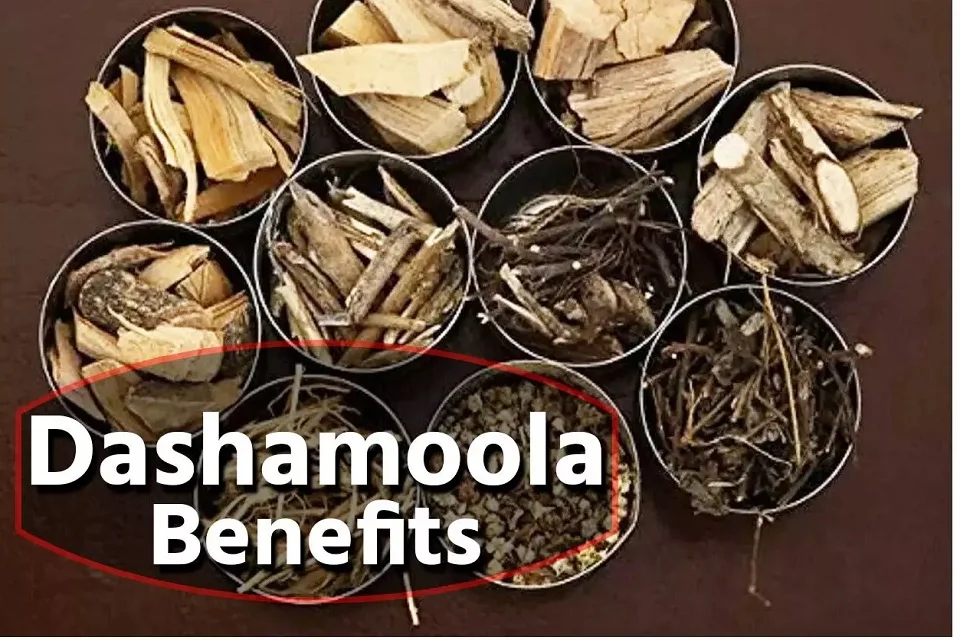
- Pain relief:
Dashmool is very beneficial in any shoola(pain). Dashmula Kwath is highly effective in alleviating pain associated with arthritis, muscle spasms, and other musculoskeletal disorders due to its strong analgesic properties. - Inflammation reduction:
Dashmoola has potent anti-inflammatory and antioxidant properties. As a result, it’s utilized to treat painful, inflammatory musculoskeletal disorders like osteoarthritis, gout, and rheumatoid arthritis. - Respiratory health:
The expectorant properties of Dashmula Kwath aid in relieving respiratory conditions such as bronchitis, asthma, and chronic cough by clearing mucus and improving lung function. Dashmoola is ushna virya so it shaman vat and kaph dosha. Useful in Shwasa and Kasa mainly. Swas and kasa rog mainly occur due to vitiated vat and kapha. Dashmool is the key drug that eradicates it from the root. - Jvara(Fever):
Dashmula Kwath is effective in reducing fever and managing symptoms of febrile illnesses, thanks to its antipyretic properties. - Detoxification:
As a natural diuretic, it supports the elimination of toxins and excess fluids from the body, enhancing kidney function and urinary health. - Oxidative Stress Reduction:
Rich in antioxidants, it combats free radical damage and oxidative stress, contributing to overall health and longevity. - For SutikaAfter delivery:
Dashmoola is more useful in Sutika(women after childbirth). Dashmoola used since ancient times for Prasuta women for Garbhashay (uterus) shodhan. Because dashmool eradicates remaining waste products. After childbirth in woman’s uterus remains some material. If it remains in the uterus it mixes with blood and causes disease.
What does Dashmula kwath contain?
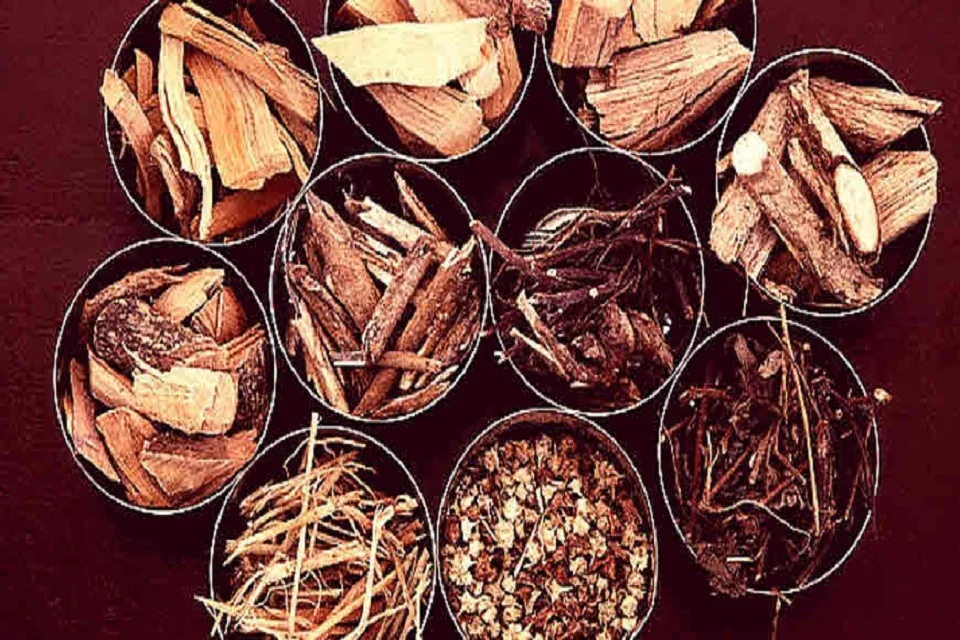
पार्श्वशूले ज्वरे श्वासे कासे श्लेष्मसमुद्भवे ।
पिप्पलीचूर्णसंयुक्तं दशमूलीजलं पिबेत् ।।१३।।
पौष्करं कट्फलं भाङ्गविश्वपिप्पलिसाधितम् ।
पिबेत्क्वाथं कफोद्रेके कासे श्वासे च हृद्ग्रहे । । १४ ।।
पञ्चकोलैः शृतं क्षीरं कफघ्नं लघु शस्यते।
श्वासकासज्वरहरं बलवर्णाग्निवर्द्धनम् ।।१५।।
(भैषज्यरत्नावली, कासरोगाधिकार; १३-१५)
उभाभ्यां पञ्चमूलाभ्यां दशमूलं त्रिदोषनुत् ||७३||
तन्द्राकासज्वरश्वासपार्श्वरुक् सशिरोर्तिजित् |
हिध्मानाहाग्निसादेषु प्रतिश्याये प्रशस्यते ||७४||
Kaiyadev nighantu
बिल्वोऽग्निमन्थः श्योनाकः काश्मर्यः पाटला तथा |
ज्ञेयं महापञ्चमूलं दशमूलमुभे स्मृतम् ||२४||
शालिपर्णीपृश्निपर्णीबृहतीद्वयगोक्षुरैः |
बिल्वाग्निमन्थस्योनाककाश्मरीपाटलायुतैः ||२५||
दशमूलमिति ख्यातं सन्निपातहरो गणः |
प्रायस्त्रिदोषशमनं पवनामयेषु श्लेष्मोल्बणेषु च गदेषु भिषग्भिरुक्तम् |
हिक्कासु सन्निपतितेषु शिरोरुजायां श्वासे हितं च कसने दशमूलमेतत् ||२६||
उभयं पञ्चमूलं तु सन्निपातज्वरापहम् |
कासे श्वासे च तन्द्रायां पार्श्वशूले च शस्यते ||२७||
Dhanvantari nighantu, mishrakadi varg
उभाभ्यां पञ्चमूलाभ्यां दशमूलमुदाहृतम् |
दशमूलं त्रिदोषघ्नं श्वासकासशिरोरुजः |
तन्द्राशोथज्वरानाहपार्श्वपीडारुचीर्हरेत् ||४२||
Bhavprakash,madhyamkhand,guduchyadivarg
| SI No | Sanskrit name | Botanical Name | Quantity |
|---|---|---|---|
| 01 | Shalaparni | Desmodium gangeticum DC. | 1 part |
| 02 | Prishnaparni | Uraria picta Desv. | 1 part |
| 03 | Brihati | Solanum indicum Linn. | 1 part |
| 04 | Kantkari | Solanum xanthocarpum | 1 part |
| 05 | Gokshura | Tribulus terrestris Linn. | 1 part |
| 06 | Bilva | Aegle marmelos Corr. | 1 part |
| 07 | Agnimantha | Premna integrifolia | 1 part |
| 08 | Shyonak | Oroxylum indicum Vent. | 1 part |
| 09 | Gambhari | Gmelina arborea Linn. | 1 part |
| 10 | Patala | Stereospermum chelonoides | 1 part |
Whar are the indication of Dashmoola mentioned in Ayurveda?
- Parshva shula (Intercostal neuralgia and pleurodynia)
- Jvara (Fever)
- Shvasa (Dyspnoea/Asthma)
- Kaphaja Kasa (Cough due to Kapha dosha)
Specific quality of main ingredient
Combined Rasa Panchaka of Dashmoola;
- Rasa -60% tikta and katu ras, 30%kashay ras, madhura ras
- Guna- 60% Laghu, Ruksha guna, 40% Snigdhna, Guru guna
- Virya – 85% Ushna virya
- Vipaka –60%Katu vipak, 40% Madhura vipak
Gokshura
- Rasa – Madhura
- Guna (qualities) – Guru (heavy to digest), Snigdha (unctuous, oiliness)
- Vipaka- Madhura
- Veerya Sheetala
Karma -बस्तिवातघ्नो दोषत्रयनिबर्हणः,बनकृत् बस्तिशोधनः,अश्मरीहरः
Brihati
- Rasa (taste) – Katu (pungent), Tikta
- Guna (qualities) – Laghu (lightness), Rooksha (dryness)
- Veerya Ushna
- Vipaka – Katu
Karma-बृहती कटुका तिक्ता सोष्णा वात वातकफापहा ॥ दीपनी पाचनी हृद्या ग्राहिणी ज्वरकुष्ठनुत् । श्वास आस्यमल वैरस्य कासारोचक शूलजित्
Kantakari
Karma- कासे निदिग्धिका ।कण्डूकुष्ट कृमिघ्नश्च कफवातहररन्तथा. (Dhanvantri nighantu)
निहन्ति पीनसं पार्श्व पीडाकृमिहृदामयान्
Shalparni
Karma- हृदि प्रकुपिते सिद्धमंशुमत्या पयो हितम्।। ९६|| शालपर्णी गुरुछर्दिज्वश्वासातिसारजित्।।, विषहर, क्षत्, कास, कृमि हर ( भावप्रकाश निघण्टु)
Prishniparni
Karma- हन्ति दाहज्वरश्वासरक्तातिसारतृडवमीः। Bhavprakash nighantu
Bilva
Karma- कफानिलहरं तीक्ष्णं स्निग्धं संयाहि दीपनम्। Su.su.46
Agnimanth
Karma-शोफ श्लेष्माग्निमान्दद्याम विबन्धांश्च विनाशयेत् ॥ (dhanvantari nighantu)
तिक्ताऽनिल कफापहा । शोफ श्लेष्म अग्निमान्ध्यार्शी विड्बन्ध आध्मान नाशिनी ॥ रा. नि
Gambhari
Rasa (taste) -Tikta, Kashaya, Madhura
Guna (qualities) – Guru (heaviness)
Vipaka- Katu
Karma- भ्रमशोषजित्। तृष्णाऽऽमशूलार्शी विषदाह ज्वरापहा।
हन्यात् दाहतृषा वातरक्तपित्त क्षतक्षयान् ॥ (भा.प्र)
Shyonak
Bitter, Kashaya – Astringent
Karma-पित्त श्लेष्मातिसारघ्नं सन्निपातज्वरापहम् ।
कफवातहरं लघु। राज निघण्टु
पाटला
Karma- पित्तातीसार दाहघ्नं फलं हिमं गुरु ॥ कषायमधुरं कृच्छ्र रक्तपित्तानिलापहम्( kaiyadev nighantu),
शोफाध्मान वमिश्वास शमनी( raj nighantu)
What is the dose of Dashmoola?
48 g
How to take Dashmula kwath and when?
Dashmula kwath can be taken in the early morning and evening on an empty stomach in a lukewarm state only.
Common Queries
What is Dashmoola used for?
Dashmoola is a traditional Ayurvedic formulation used for its anti-inflammatory, analgesic, and rejuvenating properties. It comprises ten roots, typically targeting conditions like joint pain, inflammation, and nervous disorders. Check the benefits and indication section.
What is the scientific name for Dashmool?
Dashmool is not a single herb, it is a combination of 10 different roots of herbs. Each ingredient of dashmool has a scientific name which is mentioned in the article check out.
What are the side effects of Dashamoola?
There are no known side effects of dashmoola yet it should be consumed in appropriate amounts under Ayurvedic doctor’s guidance. Too hot consumption may damage mucosa in the mouth and can irritate GI tract.
Conclusion
In conclusion, Dashmoola stands out as a potent Ayurvedic formulation with a rich history of therapeutic benefits. Its unique blend of ten medicinal roots offers anti-inflammatory, analgesic, and rejuvenating properties, making it effective for treating various ailments, particularly those related to joint pain and inflammation. By balancing the Vata dosha, Dashmoola not only alleviates physical discomfort but also enhances overall well-being. Its holistic approach underscores the profound wisdom of Ayurveda, highlighting the importance of natural remedies in promoting health and longevity.
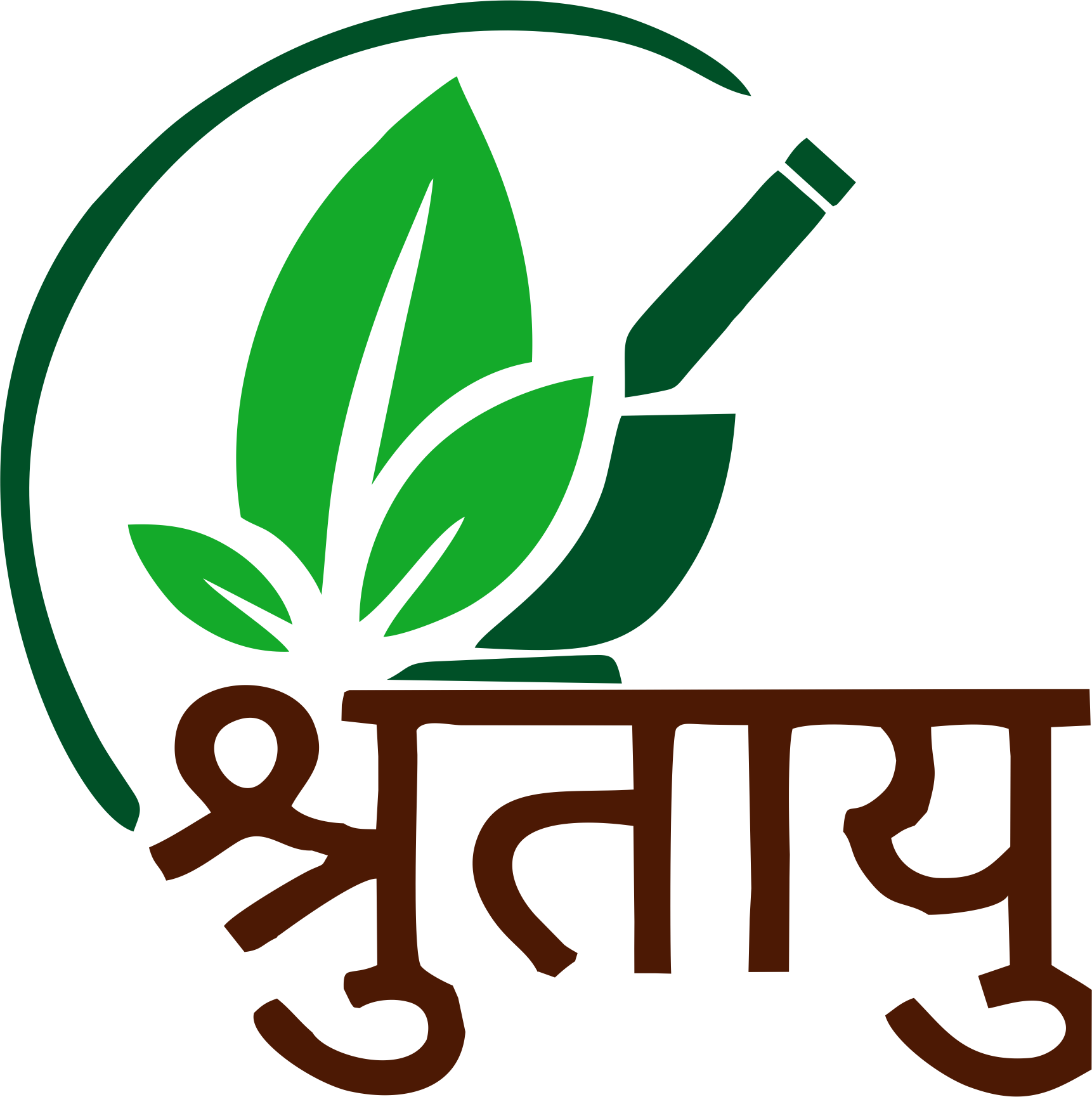



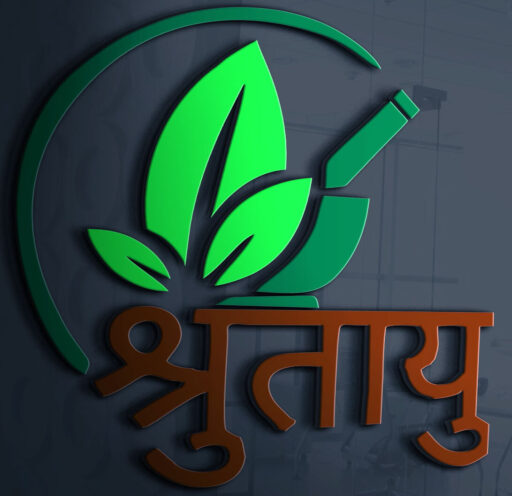

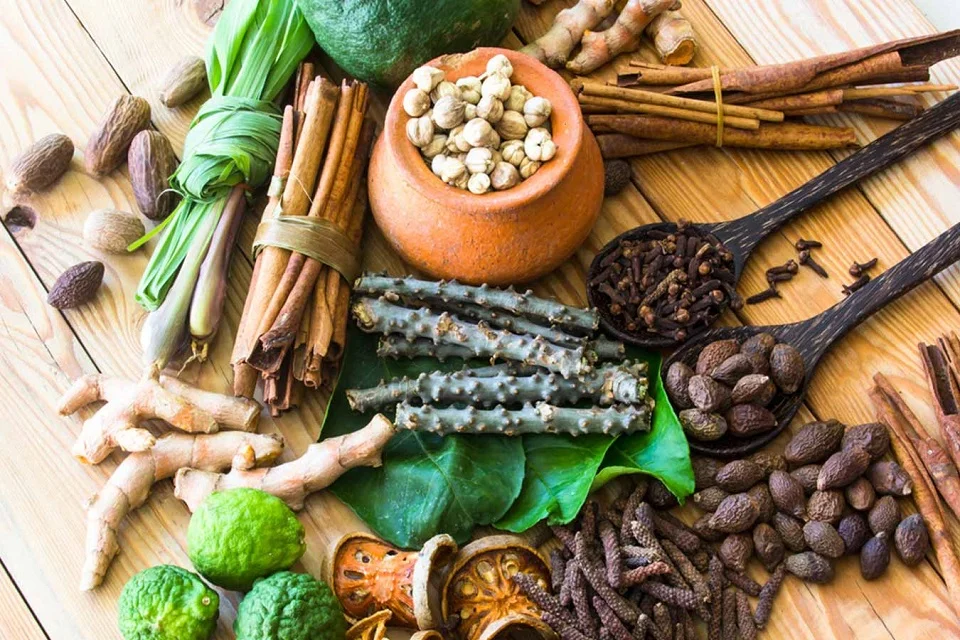
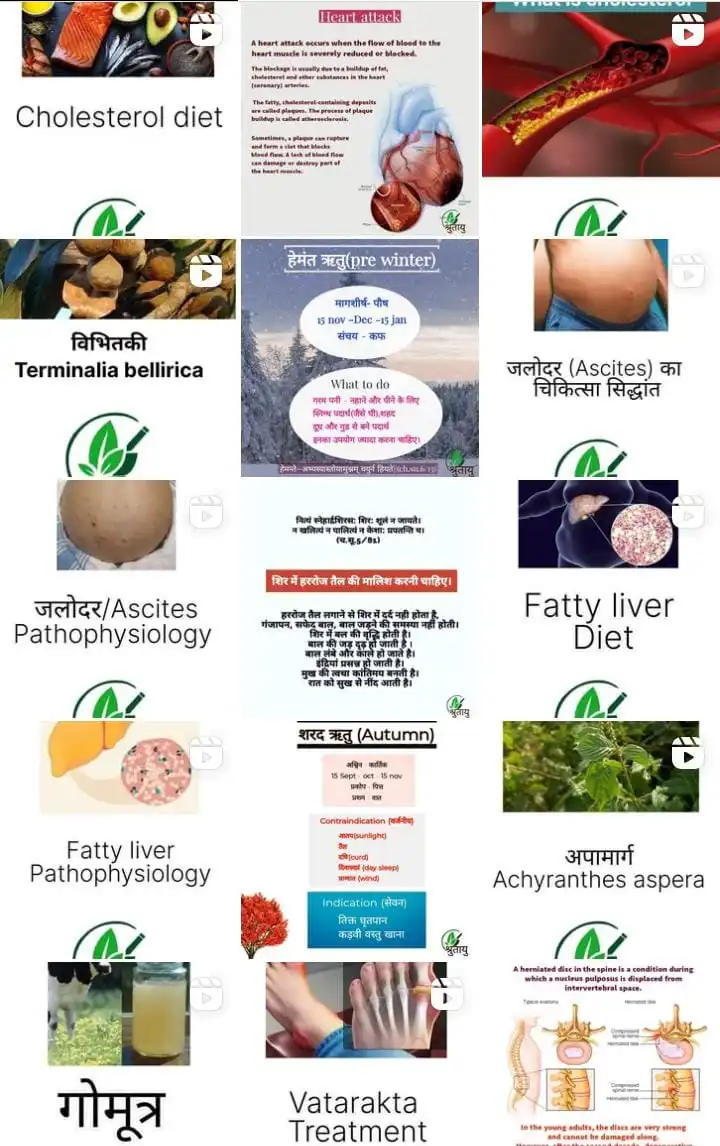
Got Something To Say